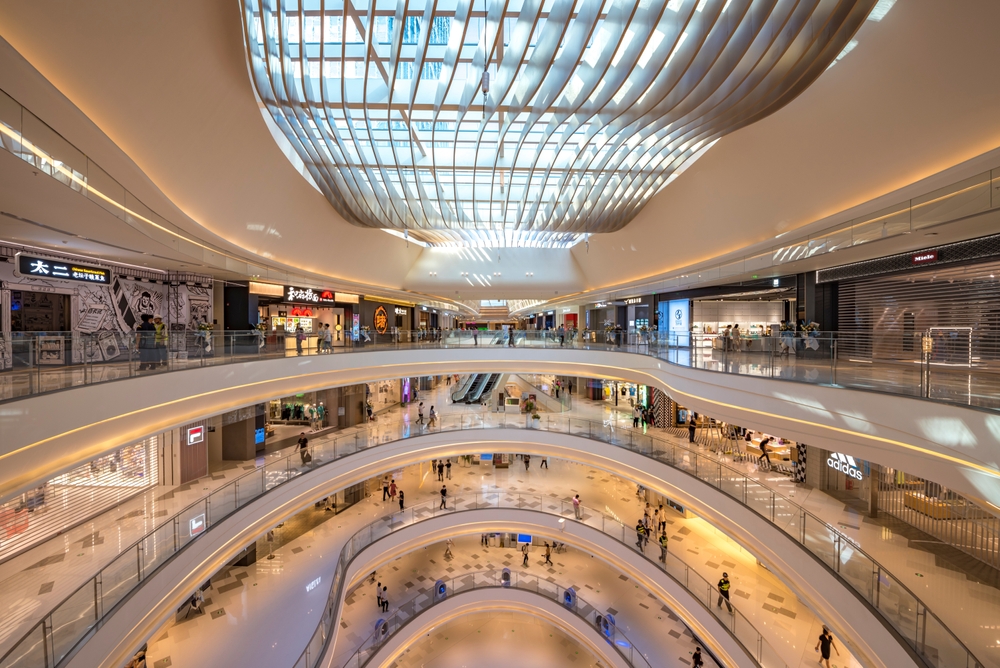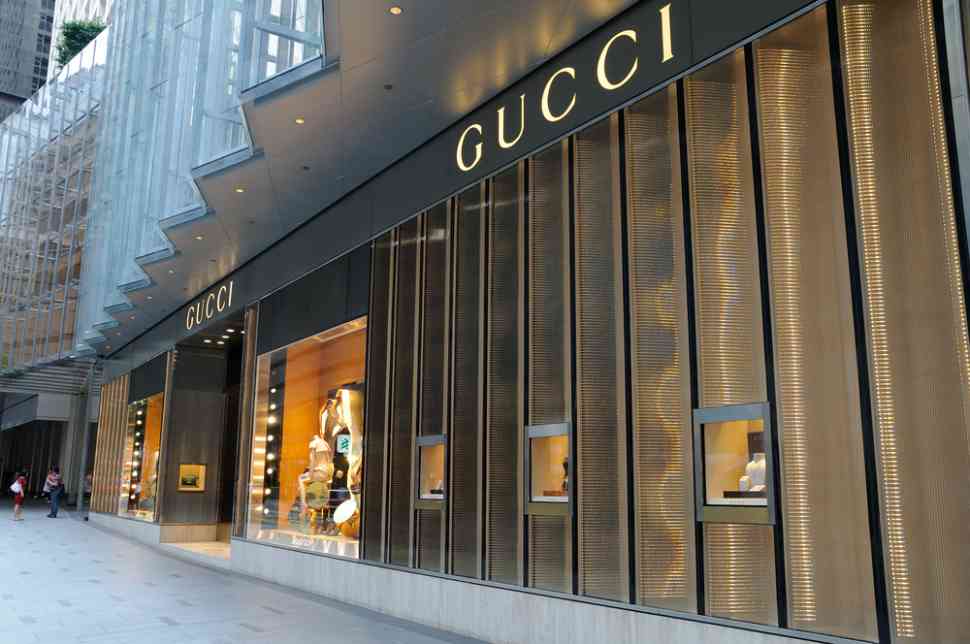Luxury brands have set their sights on emerging markets as they seek new avenues for growth and expansion. After the disruptions caused by the pandemic, travel has resumed, and European luxury brands are eager to explore new and untapped markets around the world. From showcasing collections in cities like Mumbai and Tokyo to learning from local communities and artisans, luxury brands are not only looking to attract new customers but also to champion cultural diversity and experiences.
According to a recent report published by management consultancy Bain and Italian luxury association Altagamma, the global luxury market is expected to grow by 11 to 13 percent and reach €1.5 trillion in 2023. Brands are increasingly focusing on experiences and seeing an uptick in sales across most geographical markets. However, advanced economies like the US are expected to remain stagnant this year. China, another important market for luxury brands, continues to face macroeconomic headwinds.
To counter these challenges, luxury giants are turning their attention to emerging markets. Latin America (Mexico), the Middle East (Saudi Arabia), and Asia (India and the Philippines) are particularly attractive due to their untapped per capita potential, rising disposable incomes, and overall wealth expansion, especially among younger consumers.
The Middle East: A Destination for Luxury
Despite instability in the Middle East, the region remains an important market for luxury brands, with the Gulf Cooperation Council (GCC) countries, including the UAE, Saudi Arabia, Bahrain, Oman, Kuwait, and Qatar, leading the way. The Middle East’s relatively young population and large proportion of high-net-worth individuals (HNWIs) make it an attractive market. Analysts forecast continued strong growth across the region, with the Middle East and Africa market expected to reach $47.1 billion in 2023 and climb to $54.7 billion in 2024.
The UAE, in particular, stands out as a dominant fashion hub in the Middle East. With its high expat population and ultra-wealthy shoppers, luxury brands see the UAE as an ideal target market. The number of millionaires in the UAE is expected to more than double from 2021 to 2030, reaching 127,000. This growth potential has attracted brands like Carolina Herrera, Jil Sander, and Michael Kors, who have showcased their collections and expanded their presence in the region.
Saudi Arabia, the second-largest fashion market in the GCC, is also gaining momentum. With more than half of its population aged 30 and under, the country offers significant opportunities for luxury brands. The government’s efforts to diversify its economy away from oil production have incentivized international investment and made it easier for businesses to operate in the country. Brands like Chanel, Dior, and Tiffany have already established a presence in Saudi Arabia, but with the government’s new strategies in place, the country hopes to attract even more luxury brands.
Southeast Asia: A Growing Market for Luxury

Southeast Asia has seen a boost in luxury market growth, thanks to a slowdown in other markets like South Korea and mainland China. The region, comprising countries like Thailand, Vietnam, Singapore, Malaysia, Indonesia, and the Philippines, has experienced consistent growth over the years. According to Bain, the strongest markets in Southeast Asia are expected to grow by 4.8 percent in 2024.
Thailand, in particular, is leading the growth in Southeast Asia. The country’s swelling local consumer base, tourism from neighboring Asian countries, and rise in foreign investment have contributed to its success. The luxury goods market in Thailand is projected to reach approximately $13 billion in 2024, attracting luxury brands to form partnerships with Thai influencers and celebrities to build cultural relevance.
Vietnam and Singapore are also emerging as important luxury markets. The luxury goods market in Singapore is expected to reach $9 billion this year and increase to $11.1 billion in 2024. Similarly, Vietnam’s luxury market is forecasted to be worth £957 million in 2023, with a predicted annual growth rate of 3.3 percent through 2028. Brands like Chanel, Hermès, Tory Burch, and Ralph Lauren have expanded their retail footprint in these countries to capitalize on their growing luxury markets.
India: A Magnet for Western Brands
India’s luxury landscape is experiencing a “coming-of-age” moment, with growing interest among the local clientele and the country’s young and wealthy population. By 2027, approximately 1.66 million people in India are forecasted to have a net worth exceeding one million dollars, making it an attractive destination for high-end labels.
Luxury brands are taking notice of India’s potential and are expanding their presence in the country. French conglomerate SMCP, the owner of brands like Sandro and Maje, has signed a deal with Indian conglomerate Reliance to enter the Indian market. The luxury mall unveiled by Reliance in Mumbai, housing brands like Balenciaga, Gucci, and Louis Vuitton, further solidifies India’s position as a destination for luxury.
In addition to fashion, India is also witnessing a rise in the beauty and cosmetics market. Global conglomerates like Estée Lauder Companies, Puig, and L’Oréal are actively pursuing mergers and acquisitions (M&A) in the country. Sephora, owned by LVMH, has partnered with Reliance to tap into the fast-growing beauty and cosmetics market. The beauty market in India is projected to reach $17.4 billion by 2025, driven by increasing consumer demand.
Africa: An Emerging Force in Luxury
African brands are gaining international recognition as they build their presence both on and off the continent. The growing consumer demand within Africa, coupled with the region’s high-spending consumers, presents immense potential for domestic and international luxury brands. Despite challenges such as socio-economic uncertainties, poor infrastructure, and limited educational and training systems, the African fashion industry is making strides.
Unesco has recognized the potential impact of African fashion on the global industry and has released its first-ever report on the challenges and opportunities for fashion in Africa. The report aims to support the growth of the African fashion system and highlights the economic, empowerment, and cultural significance of the industry. Lagos Fashion Week, held annually in Nigeria, has become a significant event for African designers to showcase their collections and build brand awareness.
African music is also gaining global popularity, providing an opportunity for African fashion brands to collaborate with musical stars and build cultural relevance. Brands like Burberry and Daily Paper are partnering with African musicians to connect with a wider audience. The collaboration between Nigerian streetwear brand Ashluxe and the Fela Kuti estate, inspired by the influential Afrobeat musician, showcases the intersection of fashion and music.
Looking ahead, the global luxury industry is expected to normalize, with countries like Japan, South Korea, Taiwan, Hong Kong, and Mexico offering high growth potential. The industry is undergoing a metamorphosis, with diversification, digitalization, value proposition, and sustainability shaping its future. Luxury brands will continue to explore emerging markets, leveraging untapped potentials and cultural diversity to drive growth and expansion.


